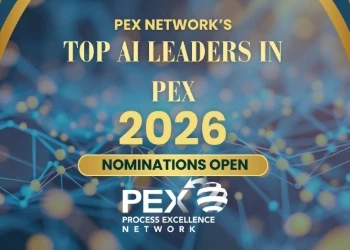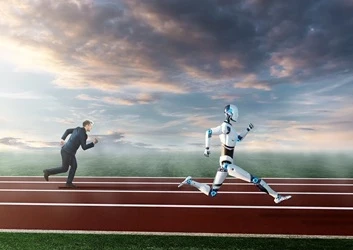H&M debuts AI-generated digital twins of fashion models
H&M wants to show how generative AI can be used to amplify and elevate creative processes
Add bookmark
Fashion retailer H&M has debuted its first set of artificial intelligence (AI) generated digital twins of models.
The Swedish retailer published the images on its Instagram account last week alongside interviews with H&M chief creative officer Jörgen Andersson and others explaining the company’s approach to the AI replicas.
H&M revealed its plans to create digital twins of fashion models in March, stating it will use 30 AI-created models in some social media posts and marketing in the place of humans – if given permission to do so by their human counterparts.
Traditionally, digital twins create real-time virtual replicas of physical assets, processes or systems to help organizations gain insights into performance, predictive maintenance and overall operational health. They are among a number of approaches businesses use to support process excellence, with the technology being adopted across industries such as manufacturing, healthcare, energy, smart cities and aerospace.
Join the PEX Network community

Don't miss any news, updates or insider tips from PEX Network by getting them delivered to your inbox. Sign up to our newsletter and join our community of experts.
Learn MoreGenerative AI elevates H&M’s creative processes
Co-created with a dedicated team and accompanied by a behind the scenes film, H&M wants to show how generative AI can be used to amplify and elevate creative processes.
“We’re exploring emerging technologies like generative AI to amplify creativity and reimagine how we showcase fashion,” said Andersson. “The technology offers an opportunity to enhance storytelling and find new ways to connect with our customers, while staying true to H&M’s style-led, human-centric identity. We remain committed to empowering self-expression and liberate fashion for the many.”
H&M said it will unveil more imagery in the coming months, using digital twins across different cities. “I am super excited to further explore AI in this way on the side of my own photography,” commented Johnny Kangasniemi, photographer. “It´s an interesting tool to add to our creative toolbox.”
Model Vanessa Moody described the use of AI-generated digital twins a great way to set a precedent for the future of AI. “It´s professional, collaborative and transparent.”
Register for All Access: AI in Business Transformation 2025!
H&M’s novel use of digital twins
While H&M’s use of digital twins to recreate humans is novel, it reflects the growing role of AI in enhancing efficiency, scalability and sustainability.
Commenting in March, Andrew Dobbie, founder and CEO at MadeBrave, said: “On paper, it’s genius. No costly flights, no gruelling travel schedules, no double-booking nightmares. Models can scale their presence worldwide without ever leaving home. Efficiency? Tick. Sustainability? Tick. Scalability? Huge tick.”
However, Dobbie questioned whether digital replicas can truly capture the “intangible moments” central to fashion. “All the behind-the-scenes magic...the energy, networking, camaraderie, user-generated content, the behind the scenes real human stories that create amazing content all potentially sidelined.”
Accelerating business transformation with bespoke solutions on ServiceNow App Engine

Today, off-the-shelf software solutions offer diverse features that enable vast opportunities to implement and maintain business transformation. However, in some circumstances, capabilities lack the flexibility and specificity required to address the unique challenges and workflows of individual organizations. As a result, there is a growing shift toward bespoke application development – custom-built solutions that align precisely with strategic goals and operational demands.
Download this report to explore how enterprises can harness the power of custom applications to drive meaningful transformation. With the growing adoption of low-code platforms like ServiceNow App Engine, organizations are building custom applications faster and with greater control. By empowering both IT professionals and citizen developers to build tailored solutions, organizations can significantly reduce time to value while maintaining control over quality and compliance.
Download Now












